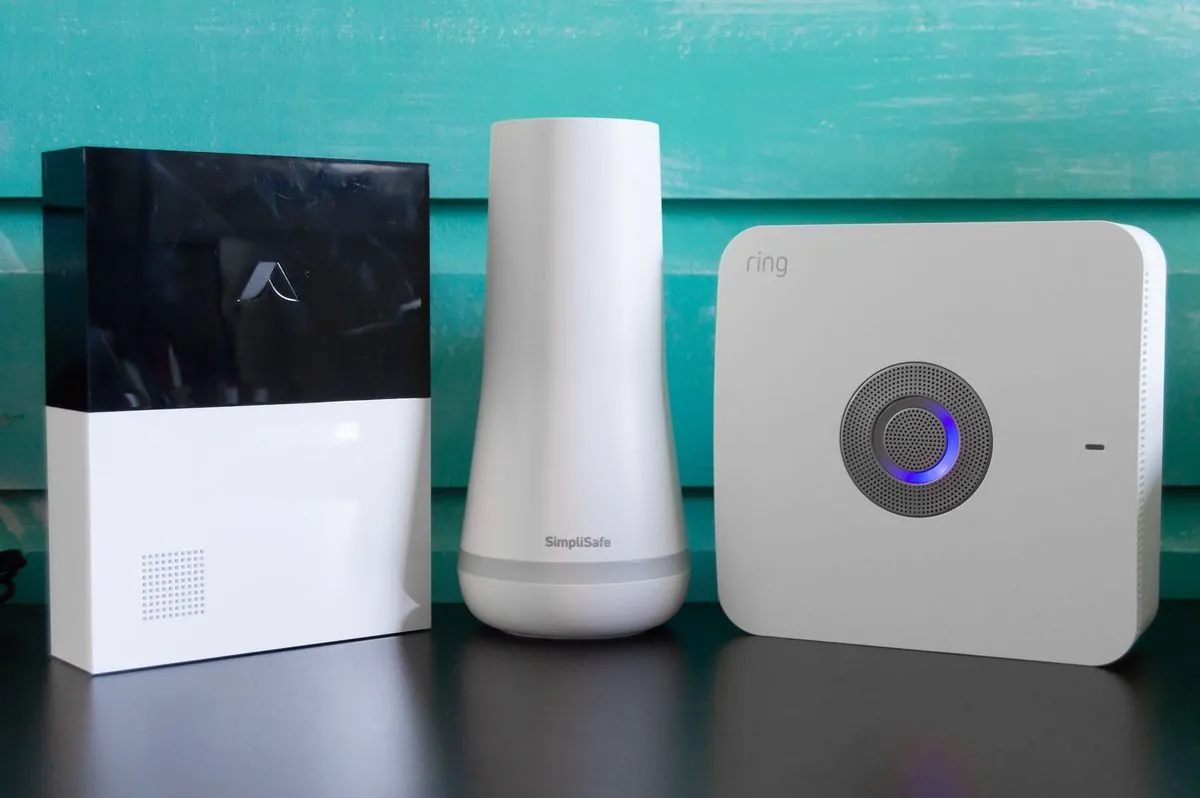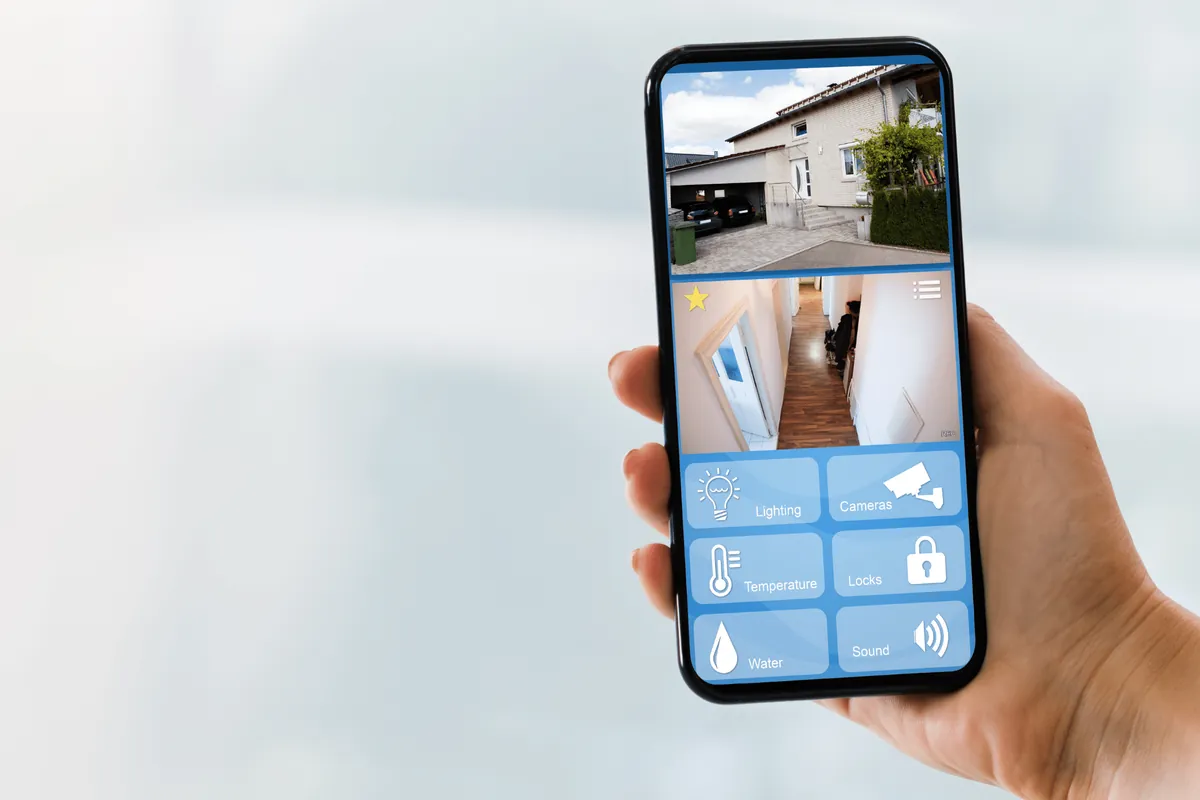28% of Federal Judges Opt Out of Home Security Program Amid Rising Threats
Despite increasing threats, over a quarter of federal judges don't use the U.S. Marshals Service home security program. Participation has risen since 2021, but reasons for non-enrollment remain unclear.

A recent report by the U.S. Department of Justice's inspector general reveals that approximately 28% of federal judges are not participating in a crucial home security program provided by the U.S. Marshals Service. This program, designed to protect judges from potential home intrusions, has seen increased adoption since a 2021 audit, yet significant gaps in participation persist.
The U.S. Marshals Service, established in 1789 as the oldest federal law enforcement agency in the United States, is responsible for safeguarding 2,700 federal judges and over 30,000 court officials. Despite this mandate, the agency has struggled to fully implement its Home Intrusion Detection System (HIDS) program, which has been in place since 2005.
Participation in the HIDS program has risen by 13% following a restructuring in 2022, prompted by a 2021 inspector general report. However, the Marshals Service lacks insight into why some judges opt out of the program. A survey completed in April 2024 aims to address this knowledge gap.
The importance of judicial security has been underscored by a sharp increase in threats against federal judges. In fiscal year 2023, which concluded on September 30, 2023, there were 457 serious threats reported, more than doubling the 224 threats recorded in fiscal year 2021. This alarming trend highlights the growing risks faced by members of the judiciary.

Tragic incidents have further emphasized the need for robust security measures. In July 2020, a disgruntled lawyer fatally shot the son of U.S. District Judge Esther Salas at her New Jersey residence. Additionally, in 2022, Nicholas Roske was charged with attempting to assassinate Justice Brett Kavanaugh after being apprehended near the justice's home.
The HIDS program, which provides intrusion detection equipment, maintenance, and monitoring services for judges' residences, has faced criticism for offering limited or outdated equipment options. This shortcoming may discourage judges from enrolling or lead them to seek alternative security systems.
To improve the program's effectiveness, the inspector general's report recommends that the Marshals Service seek input from judges, identify their unique home security needs, address participation barriers, and enhance training for personnel. These steps could potentially boost enrollment and strengthen overall judicial security.
It's worth noting that federal judges, appointed for life by the President and confirmed by the Senate, are subject to a Code of Conduct outlining ethical standards and responsibilities. Their role in the justice system makes their security a matter of national importance.
The U.S. Marshals Service's Judicial Security Division, created in 2004, conducts thousands of threat assessments annually to evaluate potential risks to judges. This proactive approach, combined with improved home security measures, is crucial in safeguarding the judiciary.
As threats against judges continue to rise, the need for comprehensive security measures becomes increasingly apparent. The federal court system, with its 13 circuit courts of appeals and numerous district courts, relies on the safety and independence of its judges to uphold justice.
"We are working on ways to incorporate input from judges in order to address any major or recurring issues that are identified."
The coming months will be critical as the Marshals Service works to address the concerns raised in the inspector general's report and strives to increase participation in the HIDS program. The safety of federal judges remains paramount in ensuring the integrity and effectiveness of the U.S. judicial system.


































